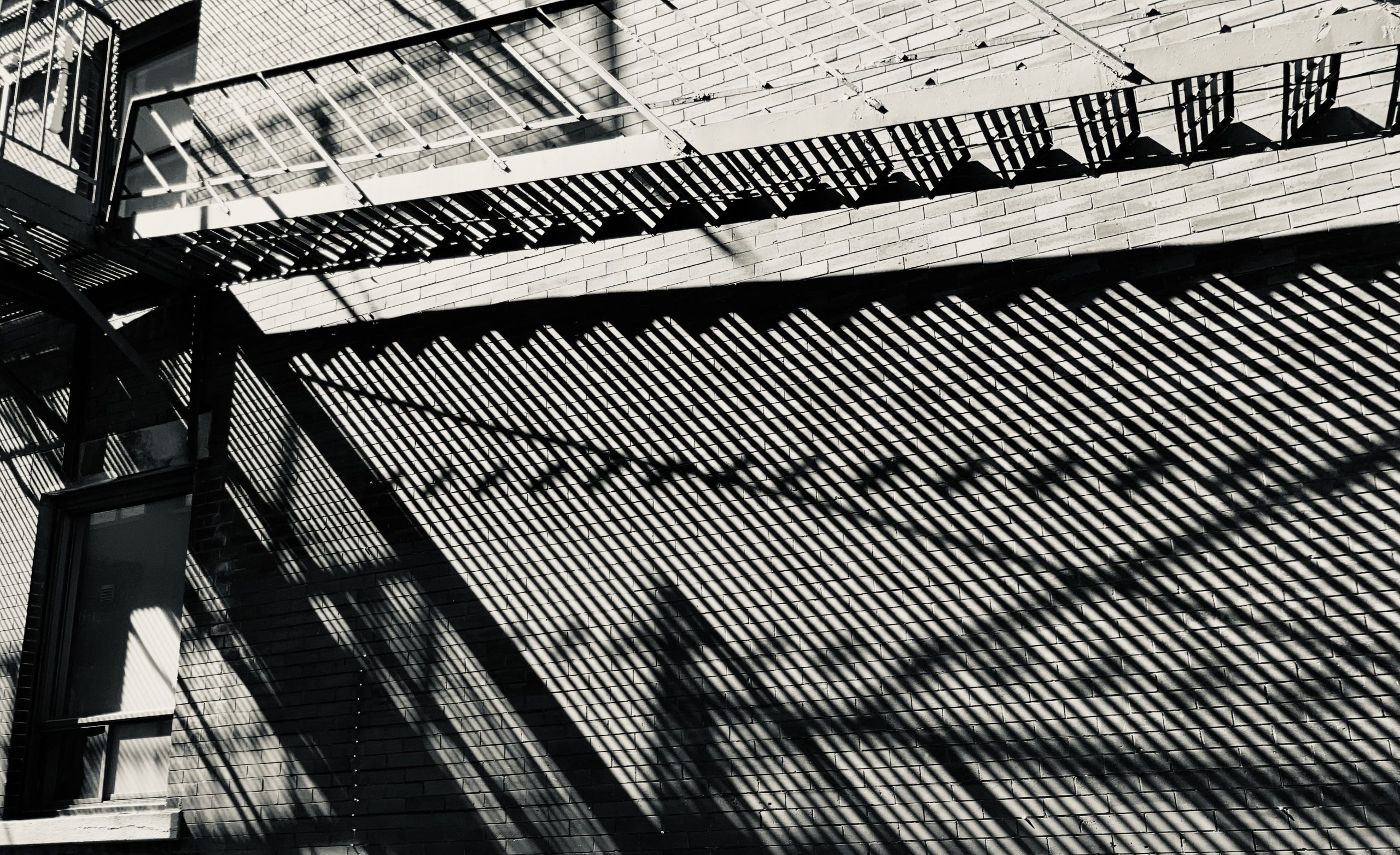Putting The Eclipse Into Words
In preparation for my first ever total eclipse on Monday, I’ve repeatedly come across attempts to put the otherworldly experience of seeing a total eclipse firsthand into words. In Rivka Galchen’s Guide to the Total Solar Eclipse in The Atlantic, a cultural guide of sorts about eclipses, one of her interviewees says:
Describing an eclipse to someone who hasn’t seen one is like trying to describe the Beatles’ “Good Day Sunshine” to someone who has never heard music…You can describe notes, frequencies of vibration, but we all know that’s missing the whole thing.
I have seen a partial eclipse, but from all accounts that pales in comparison to the full show. XKCD summed up the difference between being in the path of totality or not in graph form:

But the best summary of the difference comes from Annie Dillard’s wonderful classic article Total Eclipse in The Atlantic. It dates from 1982, but feels as though it could timelessly apply to any total eclipse. It’s certainly worth a full read.
It comes with a reminder of how big a deal it is to be within the path of totality:
Seeing a partial eclipse bears the same relation to seeing a total eclipse as kissing a man does to marrying him.


